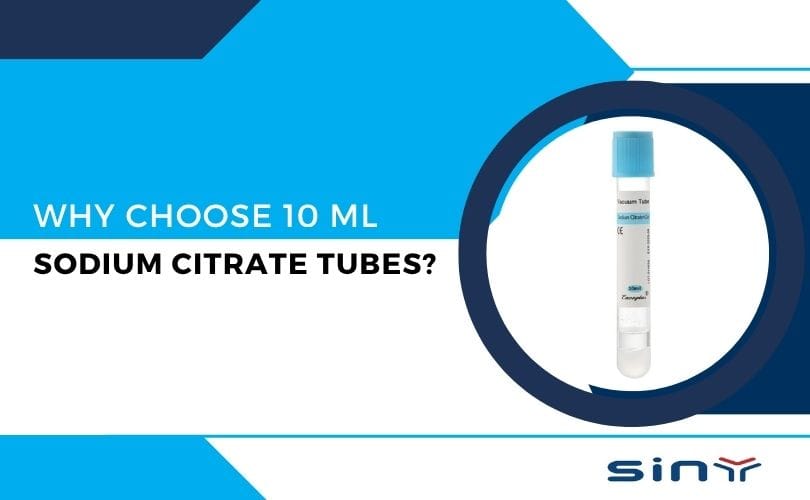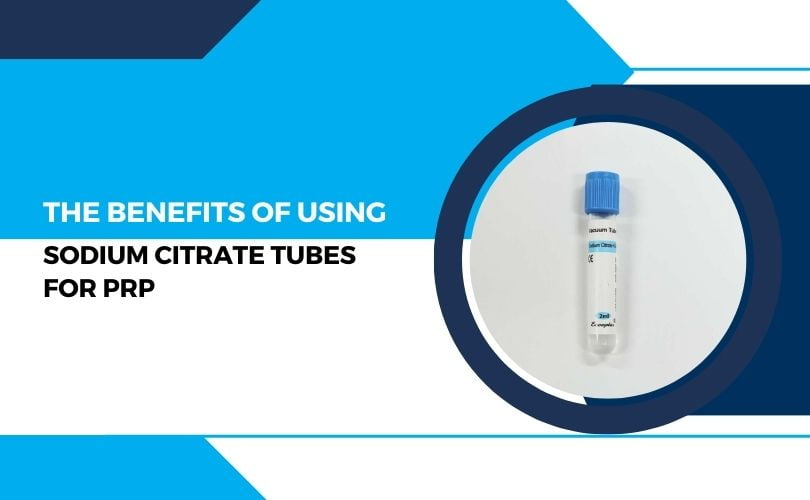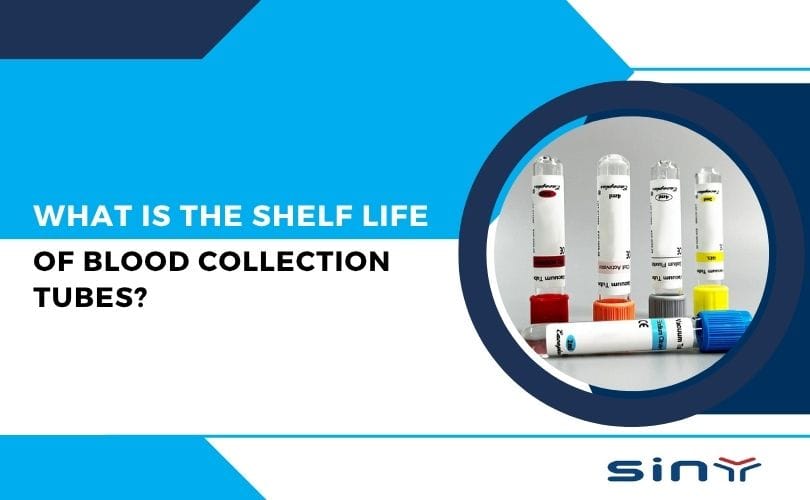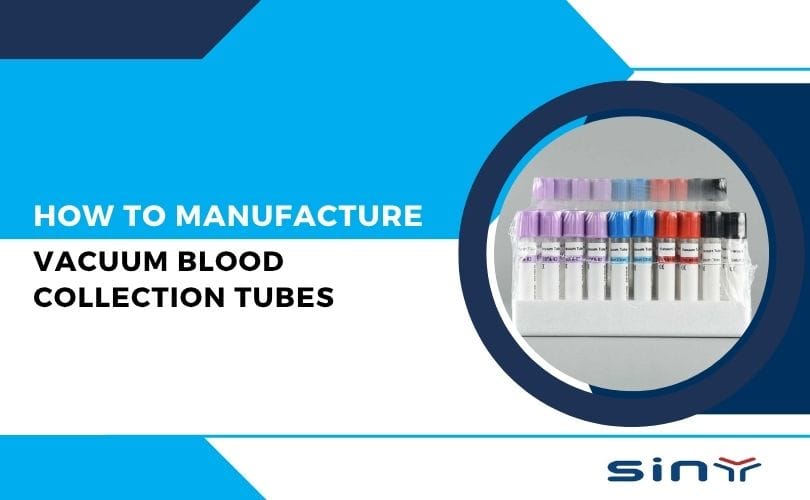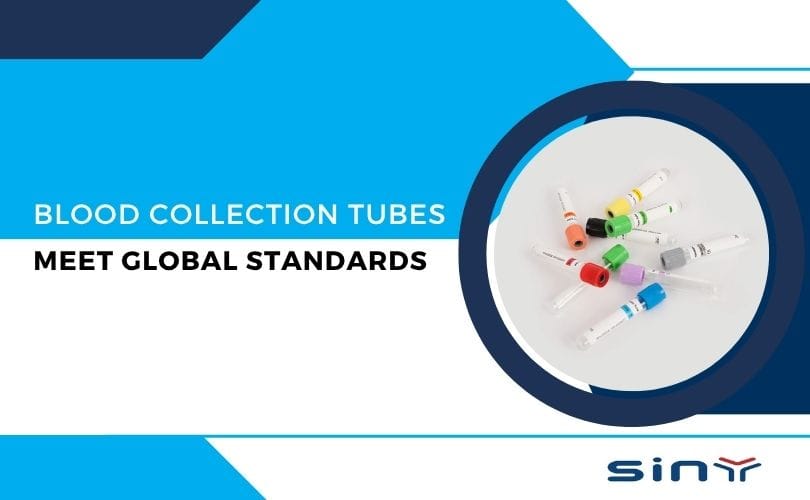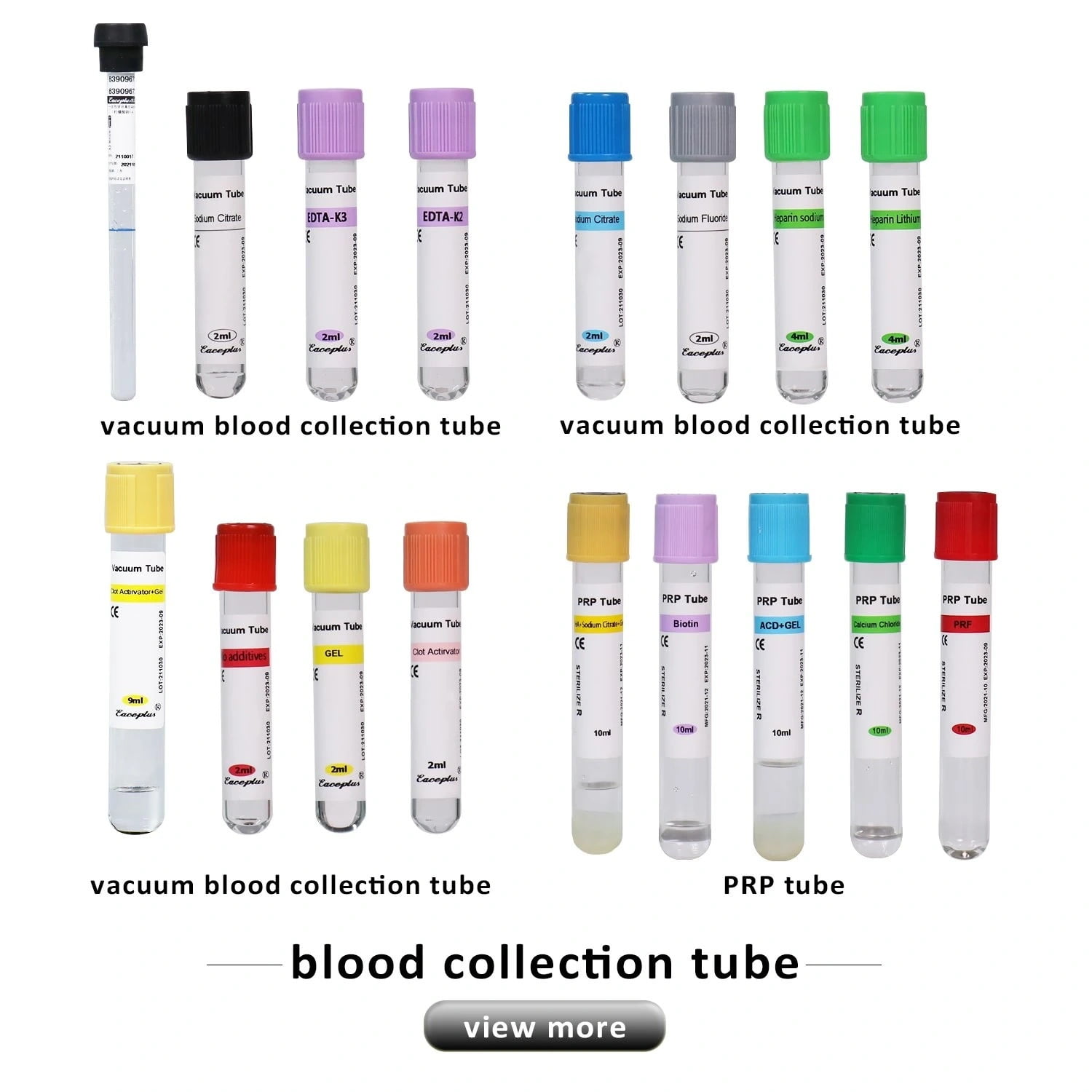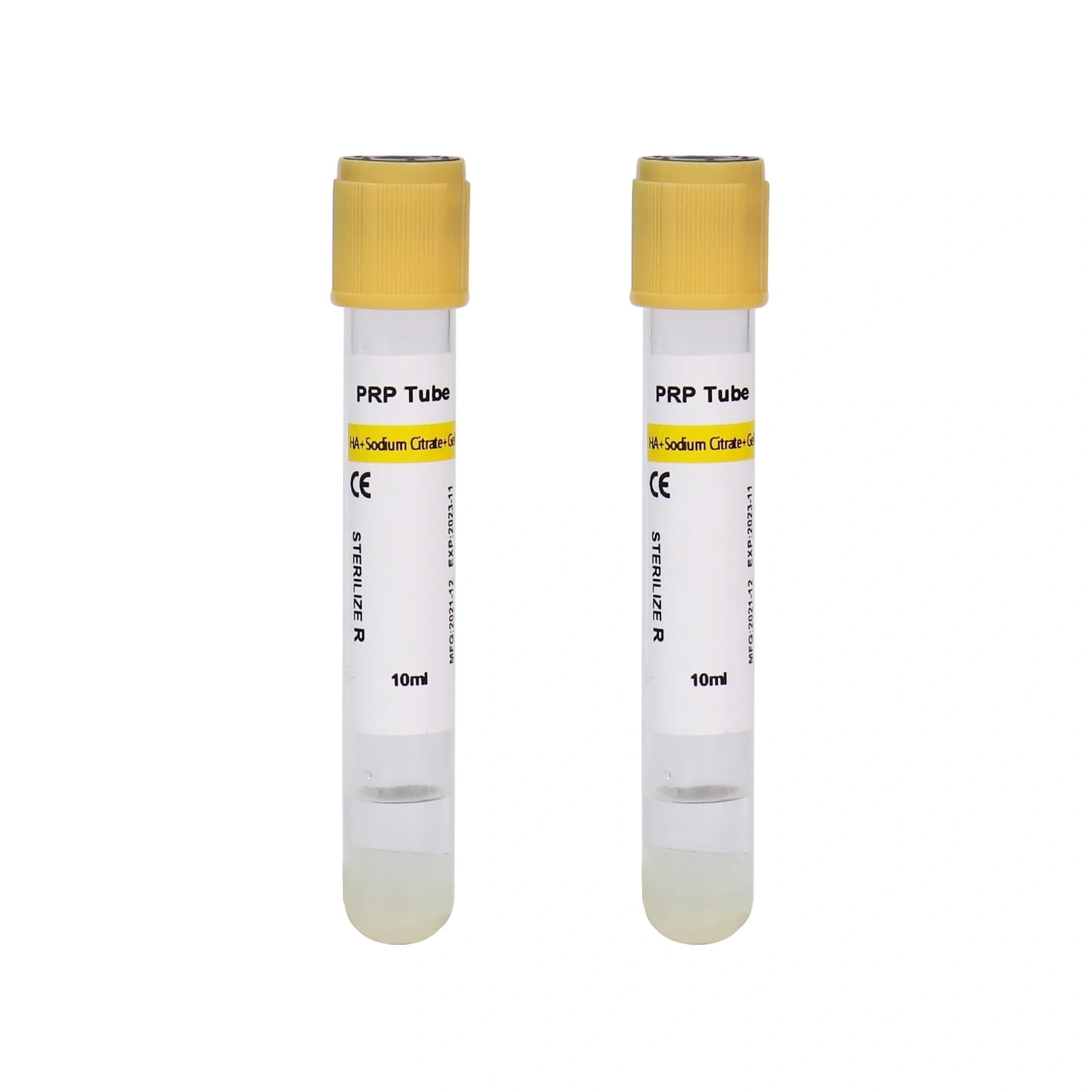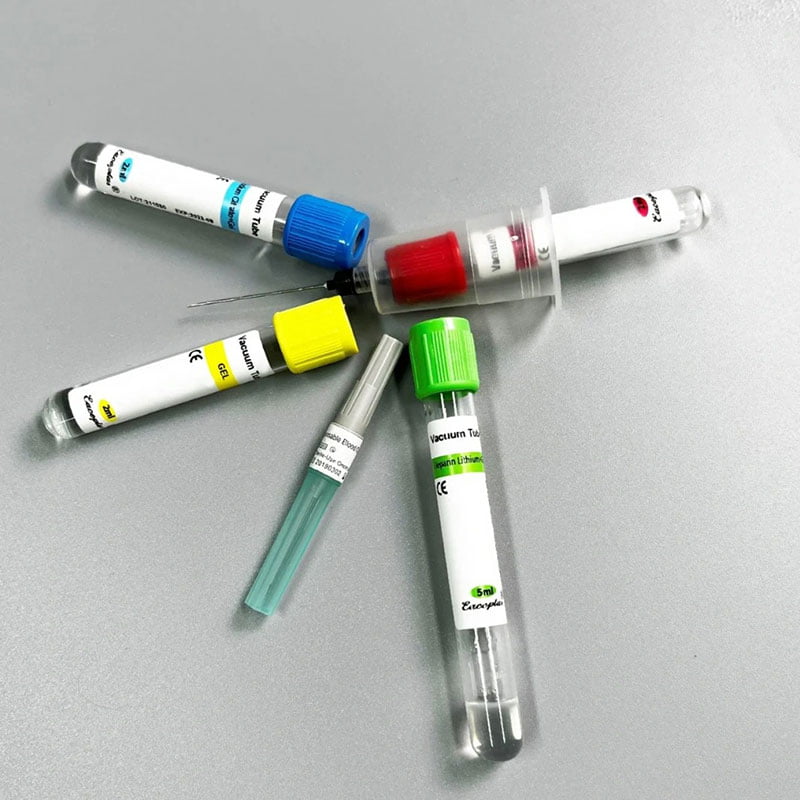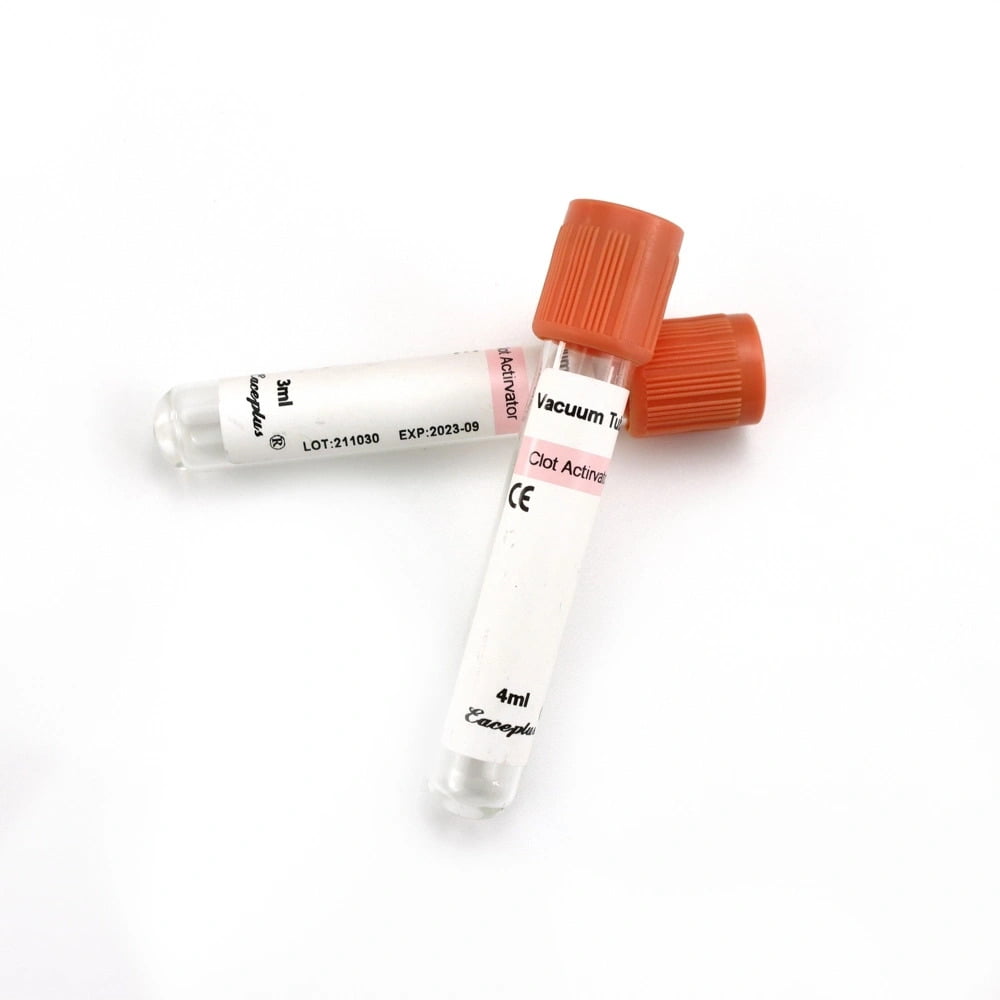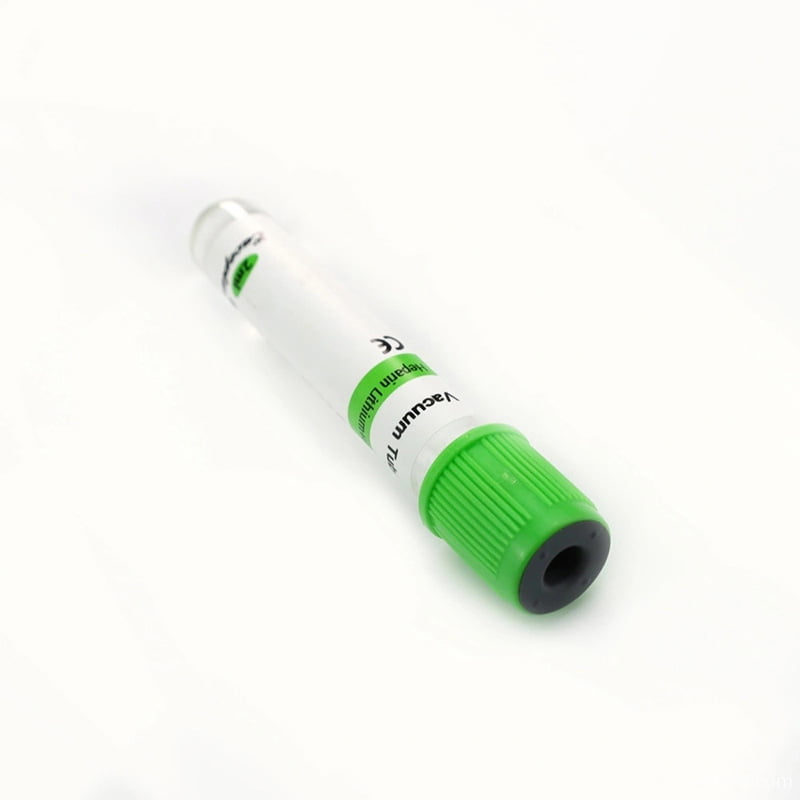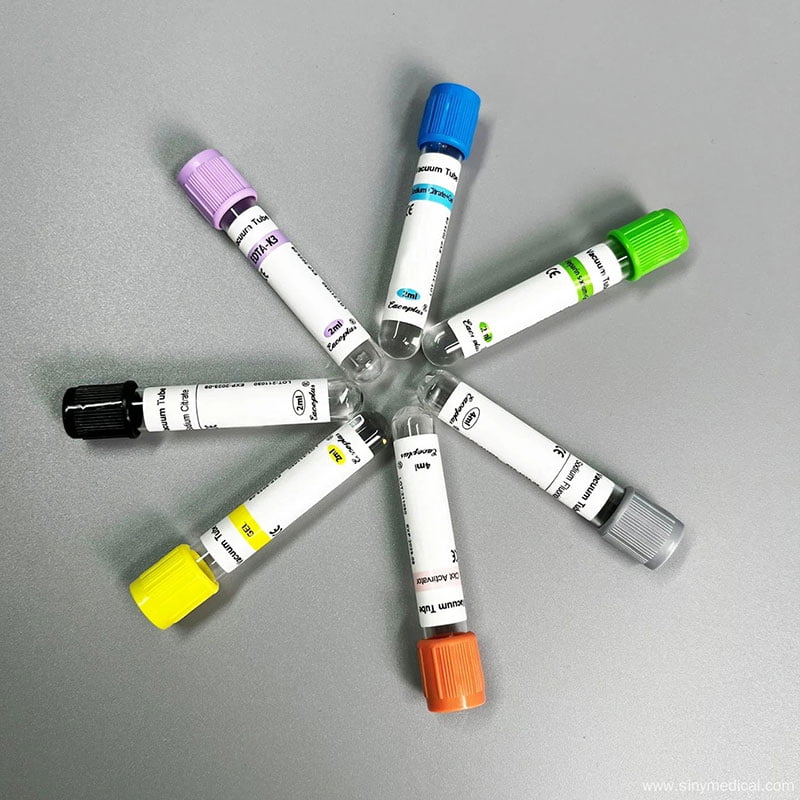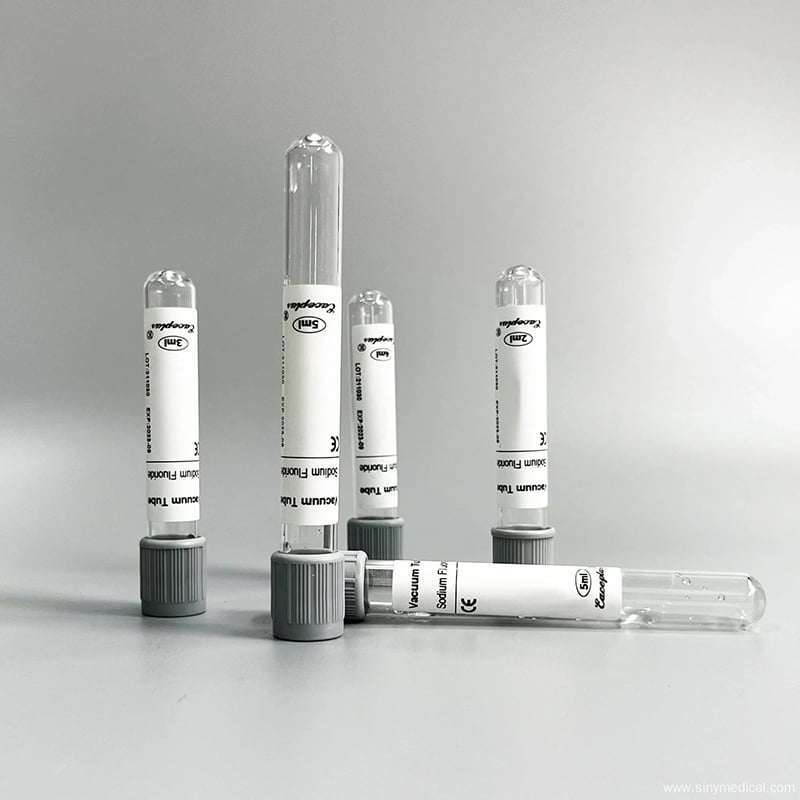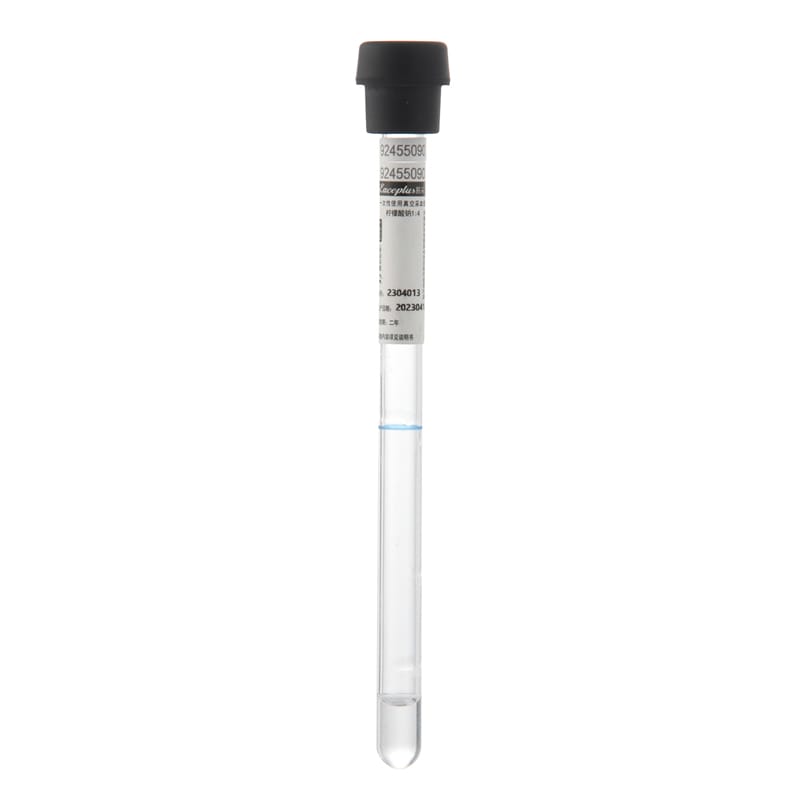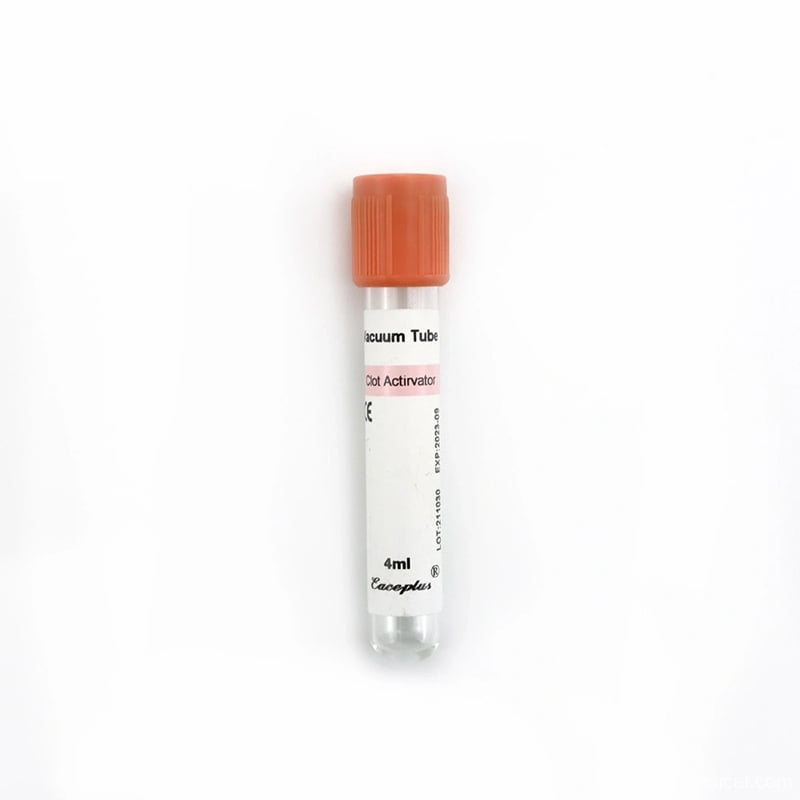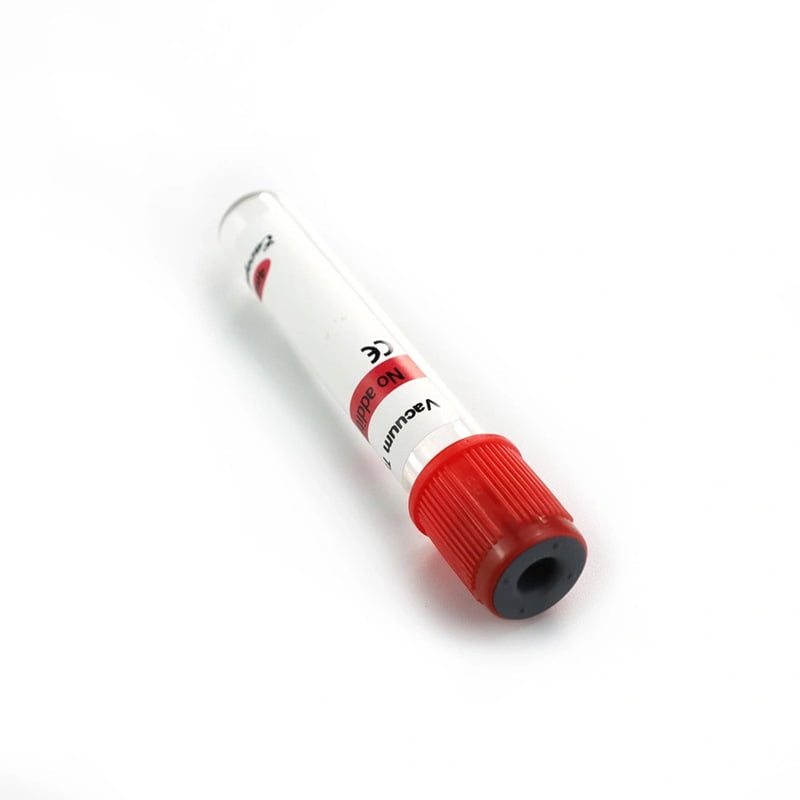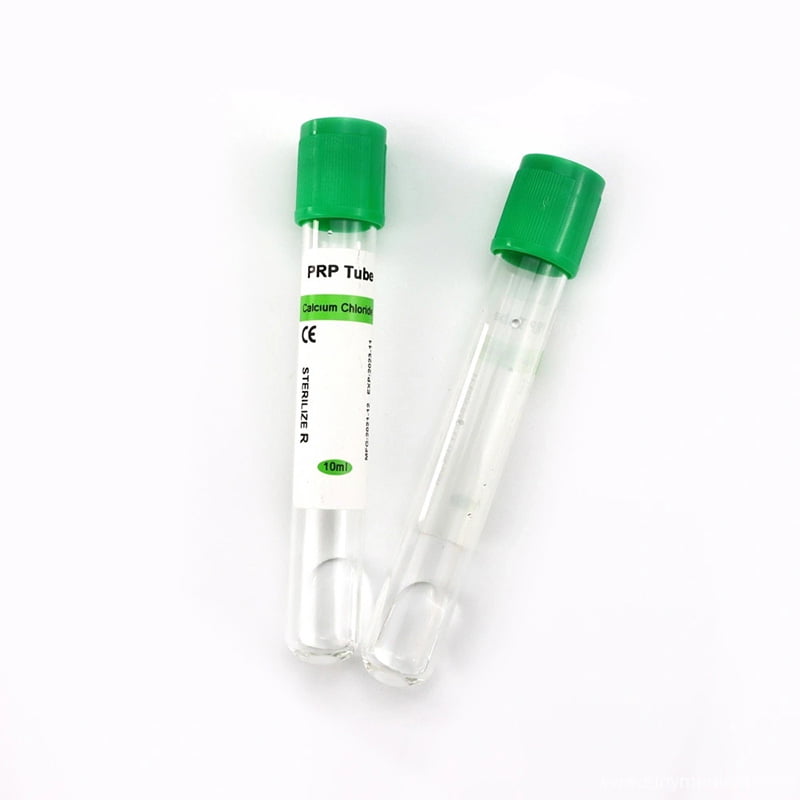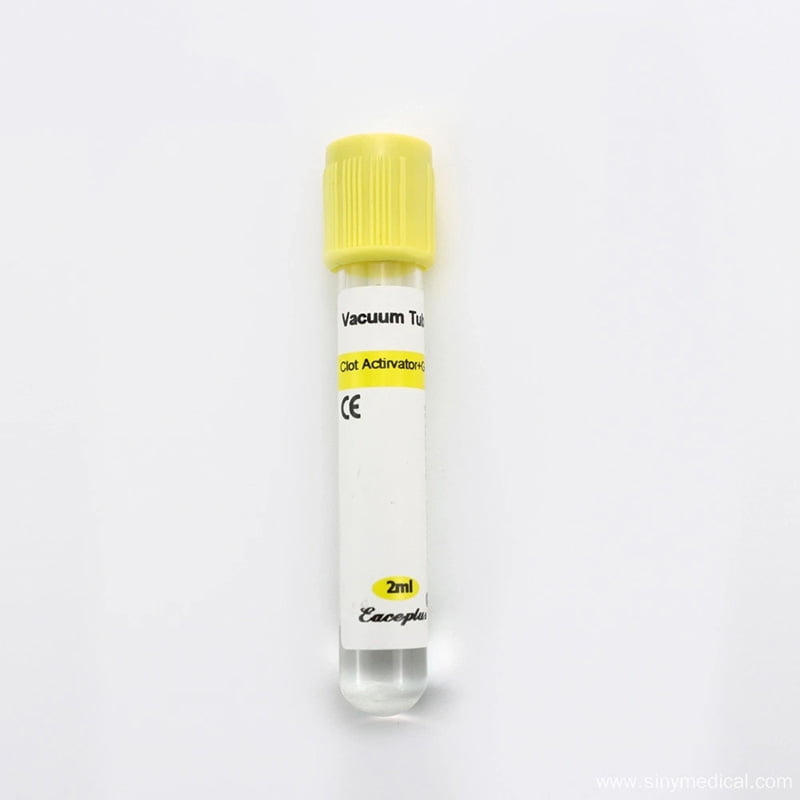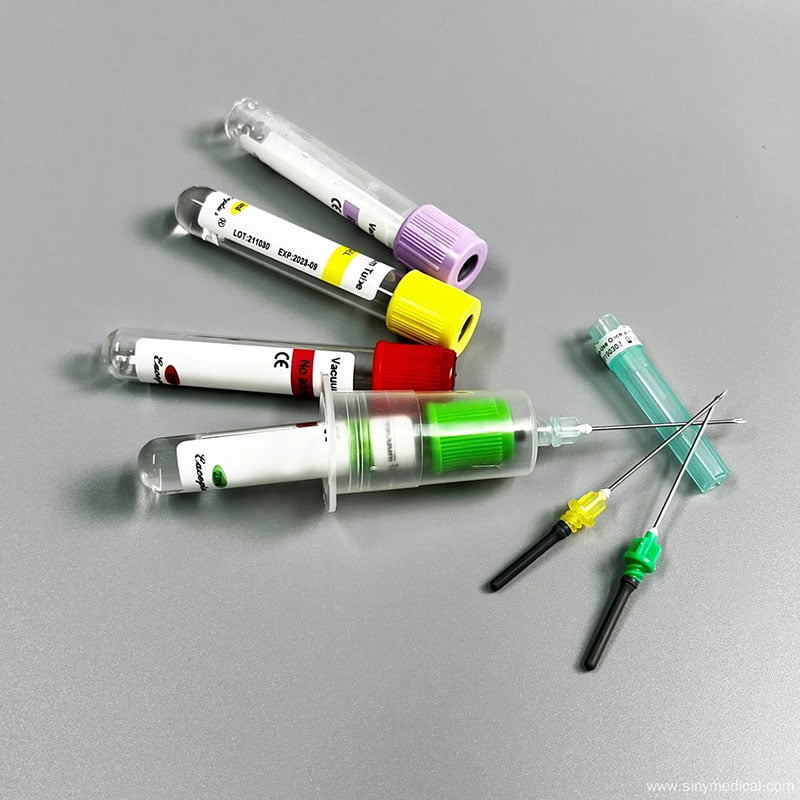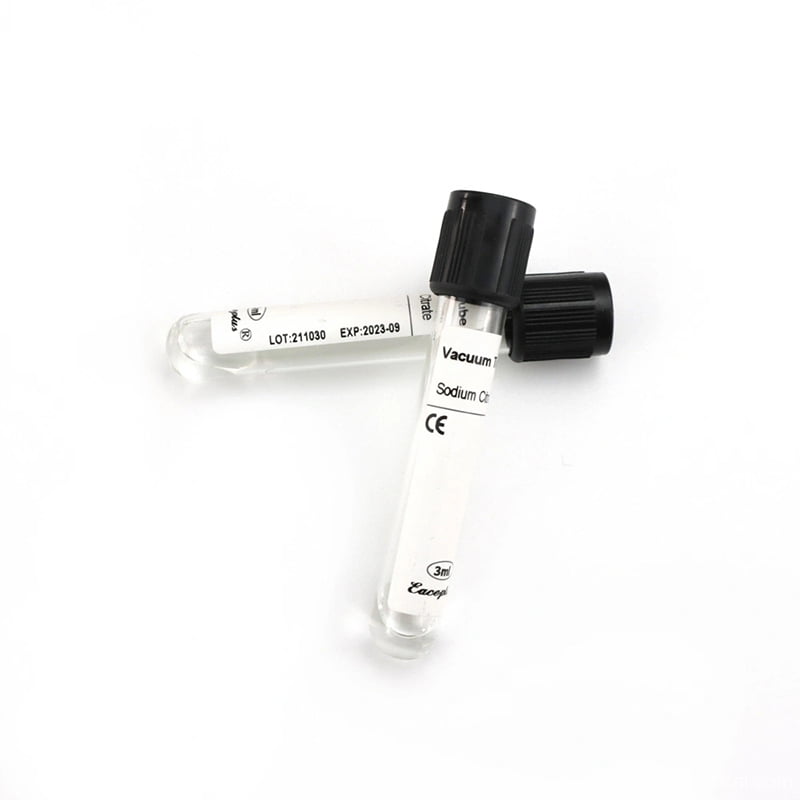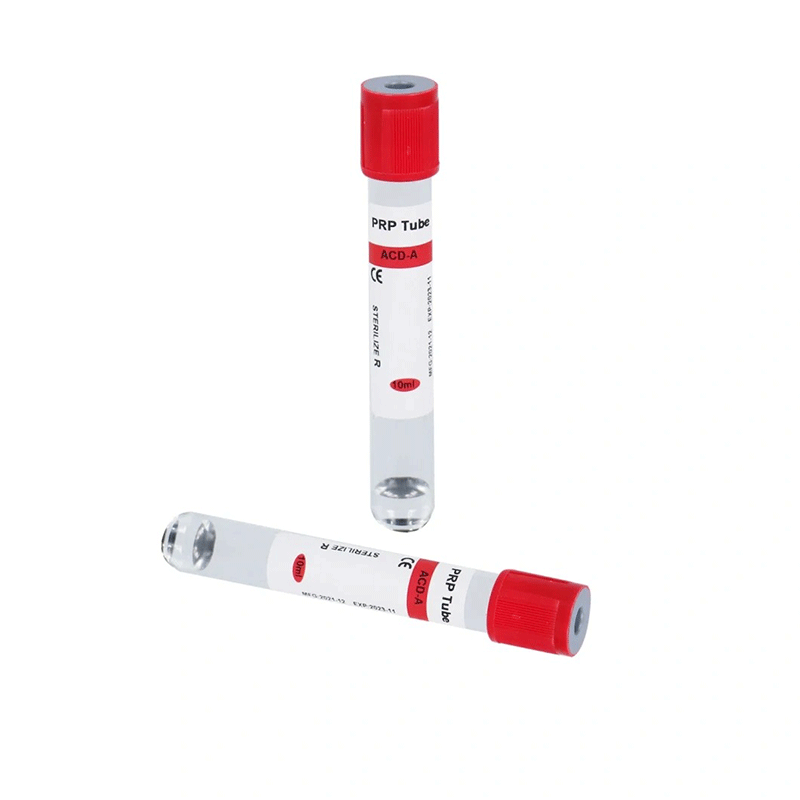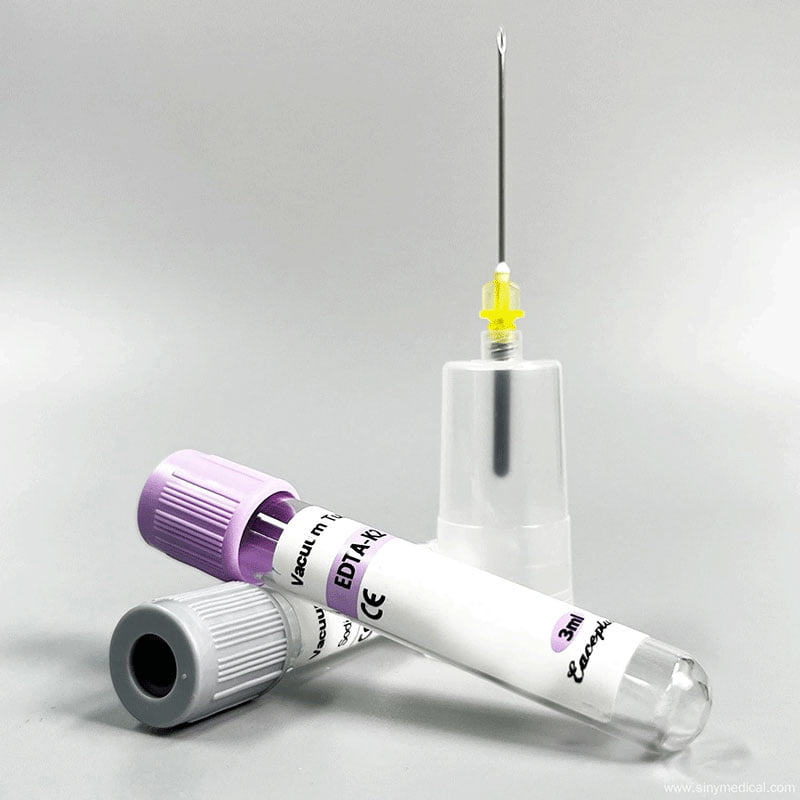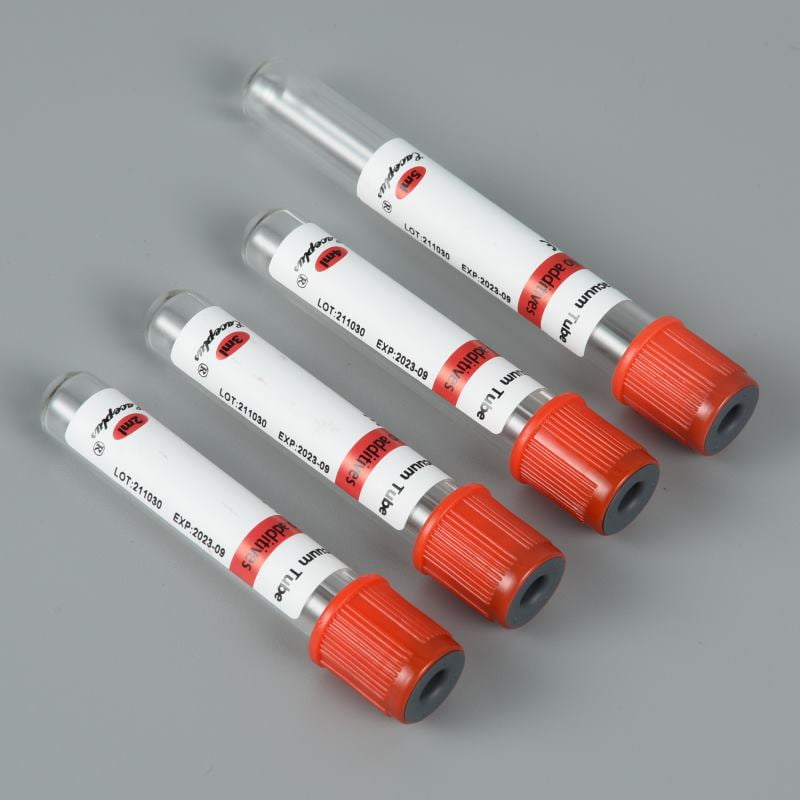10 ml Sodium Citrate Tubes are a cornerstone in modern clinical laboratories, specifically designed for accurate blood sample collection and coagulation testing. These tubes are not just a vessel—they are engineered to ensure the highest standards of safety, precision, and reliability for both routine and advanced diagnostic procedures. As healthcare evolves, the demand for dependable and efficient blood collection systems like the 10 ml Sodium Citrate Tubes continues to rise, supporting laboratories, hospitals, and research centers worldwide.
Table of Contents
- 1 Understanding Sodium Citrate Tubes
- 2 Benefits of 10 ml Sodium Citrate Tubes
- 3 Applications of 10 ml Sodium Citrate Tubes
- 4 Types of Sodium Citrate Tubes: 3.2% vs. 3.8%
- 5 Why Choose Siny Medical for Sodium Citrate Tubes?
- 6 Summary
- 7 FAQ
- 7.1 What is the main use of 10 ml Sodium Citrate Tubes?
- 7.2 Why is the 10 ml volume important?
- 7.3 How does sodium citrate prevent blood clotting?
- 7.4 What is the difference between 3.2% and 3.8% sodium citrate tubes?
- 7.5 Are these tubes compatible with automated analyzers?
- 7.6 Where can I learn more or place an order?
Understanding Sodium Citrate Tubes
Sodium citrate tubes are vacuum blood collection tubes that contain 3.2% sodium citrate as an anticoagulant. Laboratories and clinicians choose the 10 ml size for coagulation testing because it delivers the optimal blood-to-anticoagulant ratio, which guarantees precise and reproducible results.

What Are 10 ml Sodium Citrate Tubes?
You use 10 ml Sodium Citrate Tubes as specialized vacuum blood collection tubes. These tubes precisely contain sodium citrate, an anticoagulant that binds calcium ions to prevent blood from clotting. This feature is essential for coagulation studies, plasma preparation, and platelet-rich plasma (PRP) procedures. The 10 ml volume supports higher sample requirements, making these tubes ideal for a range of diagnostic and therapeutic applications.
For more details on product specifications, visit the 10ml Sodium Citrate Gel Vacuum Tube page.
How Do 10 ml Sodium Citrate Tubes Work?
When you draw blood into a 10 ml sodium citrate tube, the sodium citrate binds calcium ions and prevents blood clotting. This process allows you to separate plasma for coagulation testing without interference from clotting factors.
For more details on how sodium citrate tubes function, check our guide on 3.2% Sodium Citrate Tube.
Benefits of 10 ml Sodium Citrate Tubes
Optimal Blood-to-Anticoagulant Ratio
The 10 ml sodium citrate tube maintains a 9:1 blood-to-citrate ratio, which is critical for accurate coagulation testing. Deviations from this ratio can lead to false results, making the 10 ml size ideal for standardized testing protocols.
Reliable for Coagulation Studies
These tubes are the gold standard for coagulation assays, including:
- Prothrombin Time (PT)
- Activated Partial Thromboplastin Time (APTT)
- D-Dimer Testing
- Factor Assays
For specialized applications like PRP (Platelet-Rich Plasma) therapy, sodium citrate tubes are also preferred. Learn more in our article on The Benefits of Using Sodium Citrate Tubes for PRP.
Prevents Clotting Without Cell Damage
Unlike EDTA or heparin tubes, sodium citrate gently prevents clotting without altering platelet morphology, making it ideal for platelet function tests.
Compatibility with Automated Analyzers
Most modern coagulation analyzers calibrate for 10 ml sodium citrate tubes, ensuring seamless integration into laboratory workflows.
Longer Stability for Delayed Testing
Samples collected in 10 ml sodium citrate tubes remain stable for up to 4 hours at room temperature, allowing flexibility in transportation and processing.
For a full range of sodium citrate tubes, explore our 3.2% Sodium Citrate Tube Collection.
Applications of 10 ml Sodium Citrate Tubes
Coagulation Testing
Coagulation studies are vital for diagnosing bleeding disorders, monitoring anticoagulant therapy, and pre-surgical assessments. The 10 ml Sodium Citrate Tubes are the gold standard for these applications, providing accurate and reproducible results.
Platelet-Rich Plasma (PRP) Extraction
PRP therapy relies heavily on the quality of the plasma extracted from blood samples. Researchers prefer sodium citrate tubes for PRP because they prevent premature platelet activation and preserve the therapeutic potential of the plasma. This leads to improved healing, reduced pain, and enhanced tissue regeneration for patients undergoing PRP treatments.
Learn more about the benefits of sodium citrate tubes for PRP.
Plasma Preparation
Plasma separation is essential for various diagnostic and research purposes. The 10 ml volume ensures enough plasma is available for multiple tests, making these tubes ideal for high-throughput laboratories.
Types of Sodium Citrate Tubes: 3.2% vs. 3.8%
| Feature | 3.2% Sodium Citrate Tube | 3.8% Sodium Citrate Tube |
|---|---|---|
| Anticoagulant Concentration | 3.2% | 3.8% |
| Common Use | Routine coagulation tests, PT, aPTT | Special coagulation factor tests, specific clinical situations |
| Cap Color | Blue | Black |
| Anticoagulation Strength | Sufficient for most clinical needs | Stronger, for special requirements |
| Internal Link | 3.2% Sodium Citrate Tube | Product Category |
Choosing the right concentration depends on the specific test and patient condition. Most routine tests use 3.2% sodium citrate, while 3.8% is reserved for cases requiring more stringent anticoagulation
Why Choose Siny Medical for Sodium Citrate Tubes?
When it comes to something as critical as blood diagnostics, quality and consistency can’t be compromised. Siny Medical ticks all the boxes with:
ISO and CE Certifications:
Siny Medical manufactures under strict ISO 13485 standards and holds CE certification, ensuring product safety and international compliance.
High-Precision Additive Filling:
Using state-of-the-art automation, each tube is filled with the exact amount of 3.2% sodium citrate solution, eliminating batch variations.
Leak-Proof Design:
Advanced sealing and vacuum technology ensure that tubes are safe, sterile, and offer extended shelf life.
Customized Labeling & Packaging:
Siny Medical offers customization based on user requirements, helping laboratories stay compliant with labeling norms.
Want to learn more about the company? Visit Siny Medical’s homepage.
Summary
10 ml Sodium Citrate Tubes are essential for modern clinical laboratories, offering unmatched accuracy, safety, and efficiency for coagulation studies, PRP extraction, and plasma preparation. Their standardized design, quality assurance, and compatibility with advanced laboratory systems make them the preferred choice for healthcare professionals worldwide. By choosing Siny Medical’s sodium citrate tubes, you ensure the highest standards of patient care and laboratory excellence.
For the latest updates and educational videos, subscribe to Siny Medical’s YouTube channel.
Explore more about Siny Medical’s innovations and product range at Siny Medical on Made-in-China.
FAQ
What is the main use of 10 ml Sodium Citrate Tubes?
10 ml Sodium Citrate Tubes are primarily used for coagulation studies, plasma preparation, and PRP extraction, ensuring accurate and reliable laboratory results.
Why is the 10 ml volume important?
The 10 ml size provides enough sample for multiple or repeat tests, reducing the need for additional blood draws and improving patient comfort.
How does sodium citrate prevent blood clotting?
Sodium citrate binds calcium ions in the blood, which are necessary for clotting, thus keeping the sample in a liquid state for accurate testing.
What is the difference between 3.2% and 3.8% sodium citrate tubes?
3.2% tubes are used for routine coagulation tests, while 3.8% tubes are reserved for special cases requiring stronger anticoagulation.
Are these tubes compatible with automated analyzers?
Yes, 10 ml Sodium Citrate Tubes are designed for compatibility with both manual and automated laboratory systems.
Where can I learn more or place an order?
Visit Siny Medical’s official website or contact their team for more information and ordering options.


